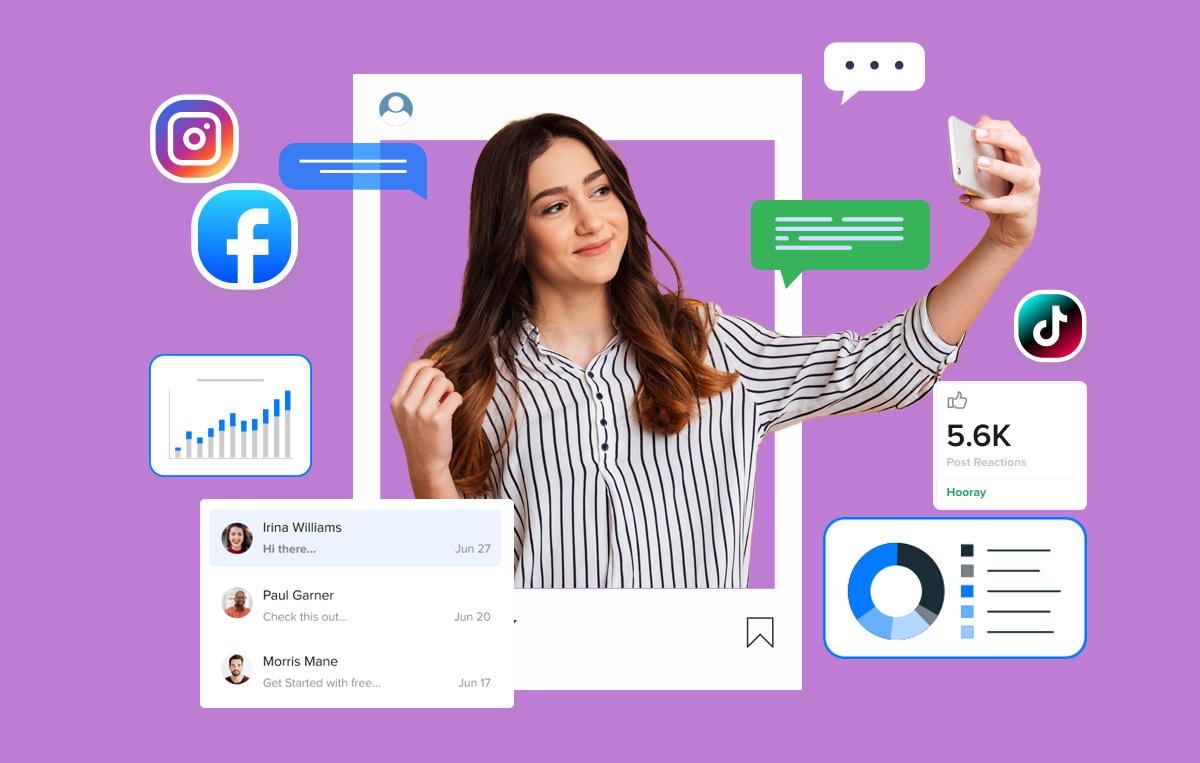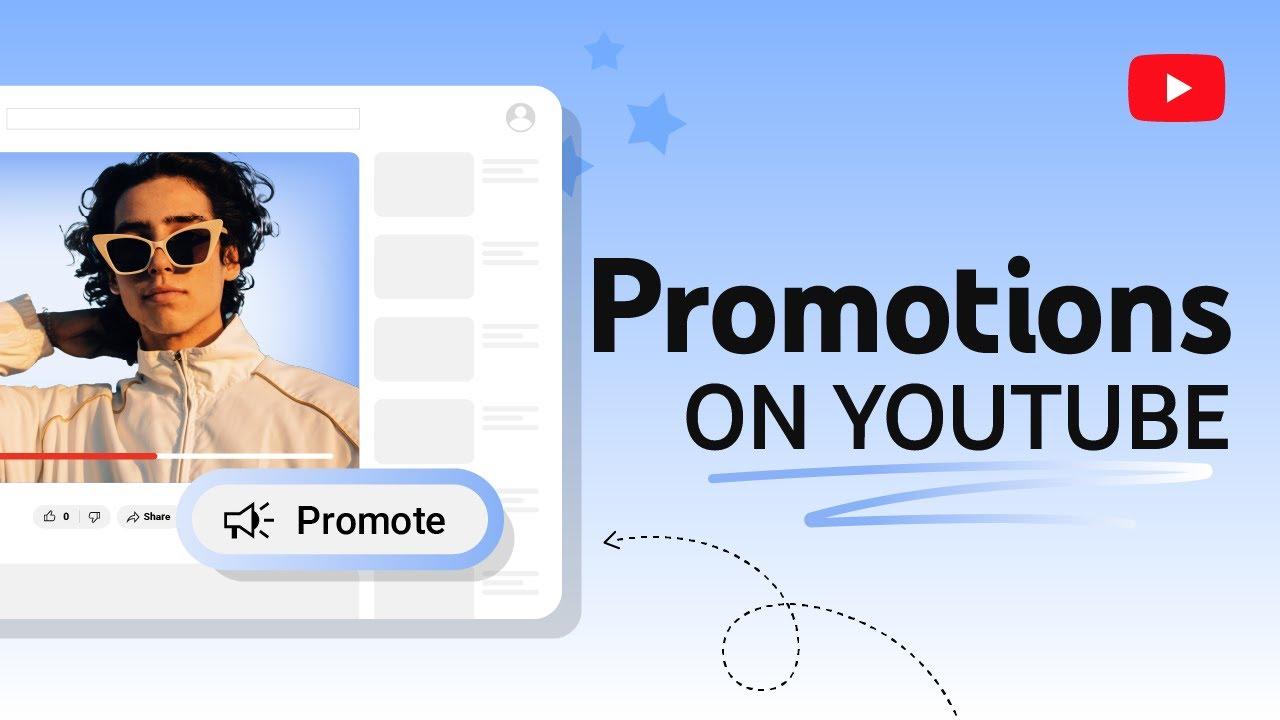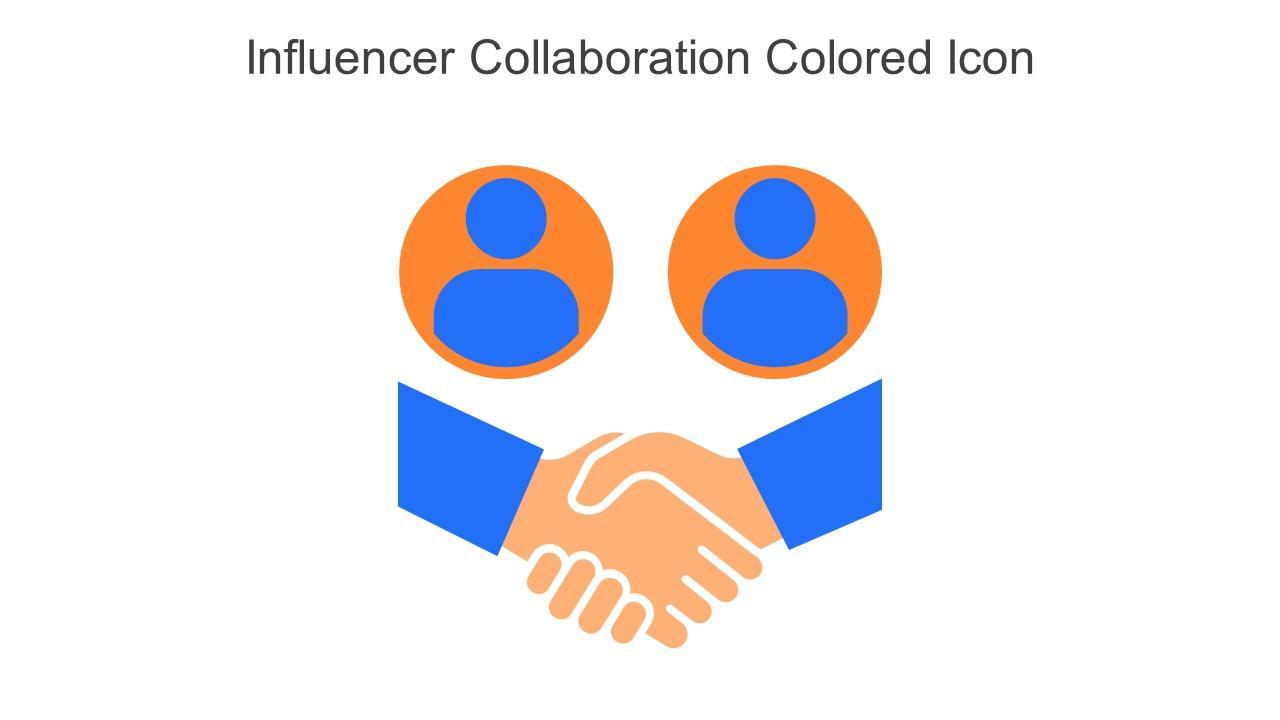
In an era where digital content reigns supreme, the rise of YouTube influencers has transformed marketing paradigms, paving new avenues for brands to connect with global audiences. Yet, amidst the vibrant thumbnails and catchy taglines lies a complex web of legal regulations that influencers and brands must navigate to ensure their collaborations are both effective and compliant. Enter the realm of YouTube influencer marketing law—an intricate landscape that blends creativity with legal pragmatism. This article embarks on a journey through these legal waters, examining essential guidelines, potential pitfalls, and best practices for influencers and marketers alike. Whether you’re a seasoned content creator or a brand looking to harness the power of influencer partnerships, understanding the legal framework surrounding this dynamic space is crucial for sailing smoothly in today’s digital marketplace. Join us as we explore the intersections of creativity and compliance,illuminating the path toward triumphant and legally sound influencer marketing on one of the world’s most popular platforms.
Understanding the Legal Framework of Influencer Marketing on YouTube
Influencer marketing on YouTube operates within a complex web of legal regulations that marketers must navigate carefully.The Federal Trade Commission (FTC) plays a pivotal role in overseeing advertising practices to ensure clarity and honesty. To comply with these regulations, influencers are required to disclose their relationships with brands, particularly when they receive compensation for promoting products or services. This disclosure can take various forms, including:
- Verbal disclosures in video content
- Text overlay stating the partnership
- Pinning comments that indicate sponsored content
Moreover, it’s not just the influencers who bear the duty. Brands collaborating with influencers must also ensure they are adhering to legal guidelines and protecting themselves from possible repercussions. Contracts between brands and influencers typically outline key responsibilities,including:
| Contract Element | Description |
|---|---|
| Compensation | Details of payment or sponsorship terms |
| Content Guidelines | Requirements on branding and messaging |
| disclosure Obligations | Specific terms for how disclosures should be made |
Staying well-versed in this evolving legal landscape is crucial for both influencers and brands. A proactive approach not only mitigates legal risks but also fosters trust with audiences, ensuring that marketing practices align with consumer expectations and regulatory standards.

Key Regulations and Compliance Strategies for Content Creators
For content creators navigating the vast landscape of influencer marketing,understanding the regulations that govern advertising practices is essential. The Federal Trade Commission (FTC) plays a crucial role in overseeing influencer advertising, ensuring transparency and honesty in endorsements. Creators must clearly disclose any paid partnerships or sponsored content, typically through statements such as, “This video is sponsored by [Brand Name].” Additionally, the use of hashtags like #ad or #sponsored has become a common practice to fulfill this requirement.It’s not just a suggestion—failure to comply can lead to hefty fines and legal challenges, which could jeopardize a creator’s career.
Moreover, practitioners should familiarize themselves with YouTube’s specific community guidelines and advertising policies to avoid pitfalls. Here are common compliance strategies that can keep creators aligned with legal expectations:
- Maintain transparency by always disclosing partnerships with brands.
- Regularly review the latest FTC guidelines to stay updated.
- Employ a legal expert for a thorough review of contracts with brands.
- Engage in continuous education regarding copyright laws to avoid infringement.
| Regulation | Key Takeaway |
|---|---|
| FTC Guidelines | Disclose clearly and conspicuously. |
| YouTube Policies | Follow rules to maintain monetization. |
| Copyright Laws | Use licensed or original content only. |

Avoiding Common Legal Pitfalls in YouTube promotions
as the digital landscape evolves, so too do the regulations surrounding influencer marketing on platforms like YouTube. To steer clear of common legal traps, it’s essential for brands and influencers to establish a solid grasp of disclosure requirements. Always disclose your sponsorships clearly to your audience; vague statements or hidden sponsorships can lead to legal consequences from regulatory bodies such as the Federal Trade Commission (FTC).Remember, transparency is not just a best practice; it is a legal obligation. Additionally, consider the following practices:
- Use clear language: Avoid jargon or euphemisms when discussing sponsorships.
- Place disclosures prominently: Include disclosures in both video descriptions and within the content itself.
- Consistency is key: Regularly disclose payments or incentives across all social media platforms.
Another potential pitfall arises from copyright infringement and unauthorized use of third-party content. Influencers frequently enough utilize music, graphics, or clips that might potentially be protected under copyright law. To safeguard against potential lawsuits, ensure that all content used in your promotions is either original, licensed, or falls under fair use provisions. Here’s a swift reference table outlining the common types of content and their usage rights:
| Content Type | Usage Rights |
|---|---|
| music | License required or original composition |
| Images & Graphics | Use royalty-free sources or own original artwork |
| Video Clips | Seek permission or use stock footage |
By remaining vigilant and informed about these common legal issues, brands and influencers can create engaging YouTube promotions that comply with regulations while building trust with their audience.

Best practices for Transparent and Ethical Influencer Collaborations
When engaging in influencer collaborations, prioritizing transparency and ethics is essential for building trust with your audience.Open communication is vital; both brands and influencers should disclose their partnerships clearly to avoid misleading their followers. This can be achieved by incorporating visual cues such as hashtags (#ad, #sponsored) in social media posts and using clear language in video descriptions. Consistency in disclosures not only complies with legal requirements but also fosters credibility among viewers, enhancing long-term relationships.
Moreover, it’s crucial to select influencers whose values align with your brand’s mission. This alignment helps ensure authenticity in the messaging and can improve audience engagement. Consider evaluating the potential influencer through the following criteria:
| Criteria | Description |
|---|---|
| Content Integrity | Assess whether their content consistently demonstrates honesty and transparency. |
| Engagement Rate | Look beyond follower count; examine the engagement ratio for more meaningful connections. |
| Reputation | Research past collaborations and audience feedback to gauge their public perception. |
By implementing these practices, brands can create more ethically sound partnerships and enjoy the benefits of lasting relationships that resonate with audiences effectively.
Final Thoughts
As we sail through the dynamic landscape of YouTube influencer marketing, it becomes increasingly clear that understanding the legal waters is essential for brands and creators alike. Navigating these complexities does not merely protect your interests; it nurtures an surroundings of transparency and trust—cornerstones of successful influencer partnerships.
Whether you’re a budding content creator ready to make waves or a seasoned marketer charting new territories, staying informed about the legal nuances ensures that your digital voyages remain both fruitful and compliant. By embracing these regulations, you not only safeguard your brand but also contribute to the integrity of the influencer ecosystem.
As we close this chapter, remember that the law is not just a series of regulations to follow; it’s a tool to foster creativity and innovation. With the right knowledge and a proactive approach, you can navigate these waters with confidence, transforming potential obstacles into opportunities for growth.So, gear up for the journey ahead—smooth seas may lie beyond the horizon, waiting for those brave enough to sail forth with wisdom and care.